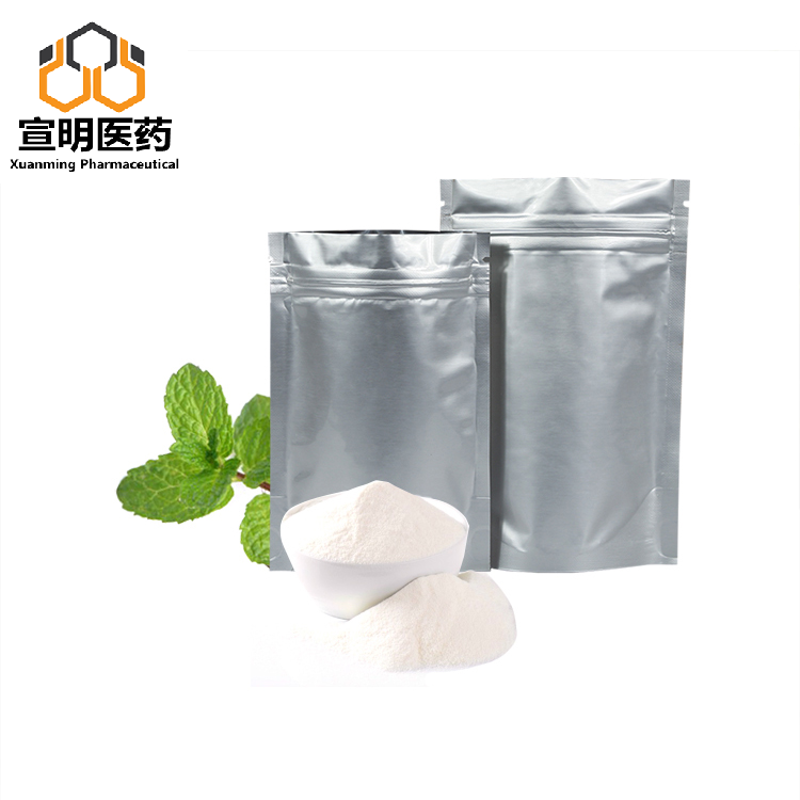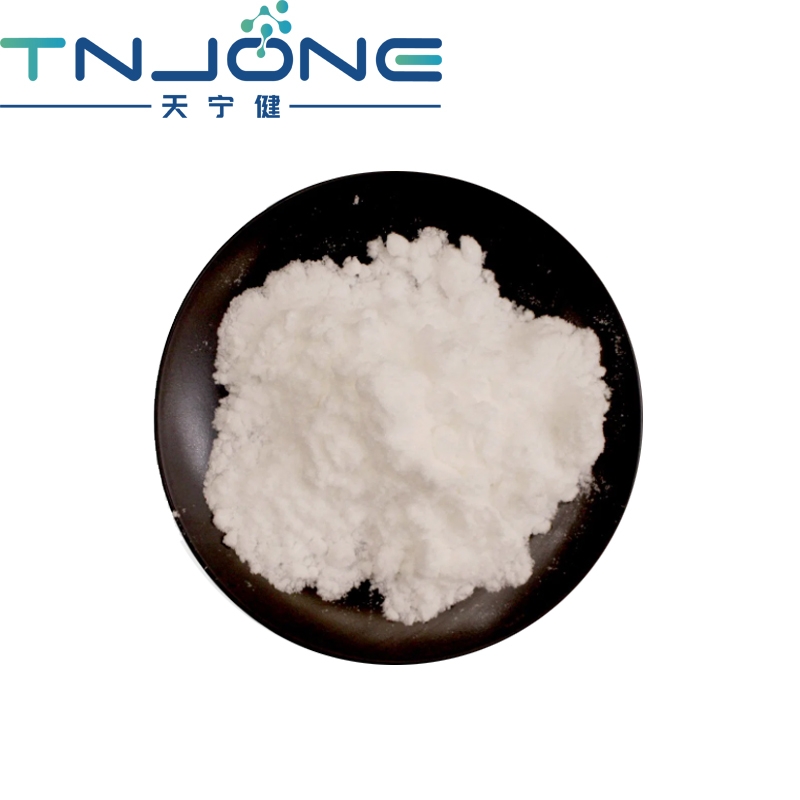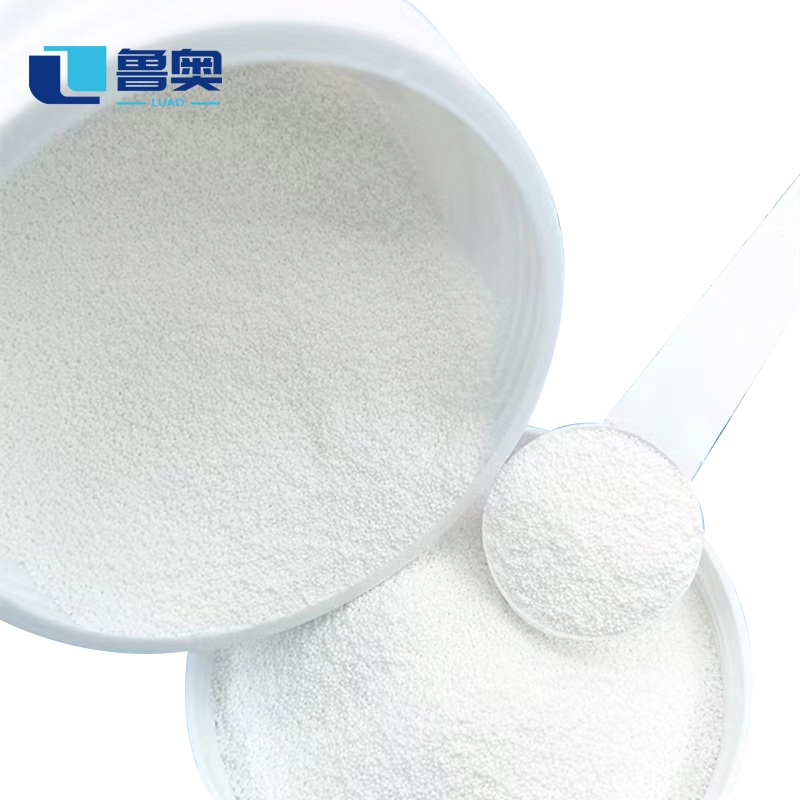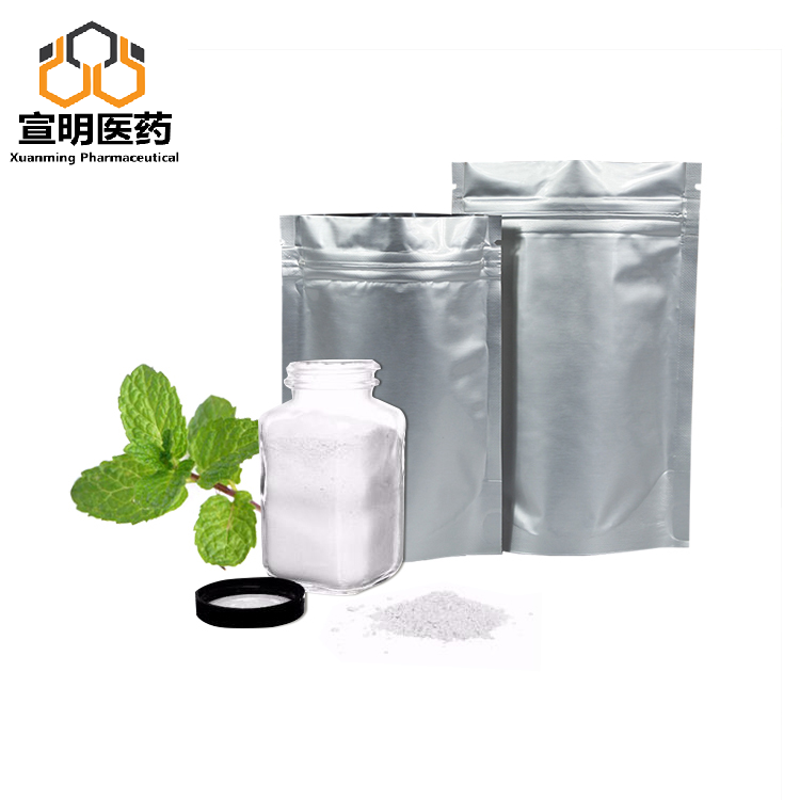Active Pharmaceutical Ingredients
- • Respiratory Drugs (112)
- • Hormones and the Endocrine System (273)
- • Antipyretic Analgesics (165)
- • Antiallergic Drugs (103)
- • Antiparasitic Drugs (127)
- • Antibiotics (530)
- • Antineoplastic Agents (287)
- • Anesthetic Agents (79)
- • Urinary System Drugs (51)
- • Other Chemical Drugs (913)
- • Synthetic Anti-infective Drugs (587)
- • Nervous System Drugs (345)
- • Fluid, Electrolyte, and Acid-base Balance (48)
- • Vitamins and Minerals Medicines (102)
- • Digestive System Drugs (194)
- • Blood System Drugs (85)
- • Circulatory System Drugs (410)
- • Diagnostic Agents (58)
- • Specialty Drugs (108)
- • Drug Metabolism (22)
- • Feed Additive (21)
- • Anti-stress Drugs (1)
- • Drugs Influencing Immune Function (14)
- • Veterinary Raw Materials (23)
- • Inhibitor Drugs (65)
Related News
-
At the API China 2024 Spectacle: A Grand Recap!
2024-10-18 -
The 89th API China & The 27th CHINA-PHARM Exhibition Opened
2024-06-05 -
Overview of China's API industry in 2023
2023-02-01 -
Global Analysis of Active Pharmaceutical Ingredient (API)
2023-01-28 -
Professional and technical dry goods: a brief discussion on the selection of starting materials for chemical synthesis APIs
2022-11-18 -
In 2021, India's Ibuprofen API Export Volume and Price will Fall
2022-06-20
Sort Synthetic Anti-infective Drugs Alphabetically
Synthetic Anti-infective Drugs
Get Synthetic Anti-infective Drugs Raw Materials by Region-
Pharmacy Grade / 99%
-
Pharmacy Grade / 99%
-
![4-Aminosalicylic acid buy 4-Aminosalicylic acid]()
Industrial Grade,Pharma Grade / 99%
-
API Grade / 99%
$20-25/KG FOB
Request for quotation , get quotes from more suppliers.
4′-Formylacetanilide thiosemicarbazone
(104-06-3)In-vitro
-
- / 99.00%
-
![Acetamide,N-[4-[[2-(aminothioxomethyl)hydrazinylidene]methyl]phenyl]- buy Acetamide,N-[4-[[2-(aminothioxomethyl)hydrazinylidene]methyl]phenyl]-]()
-
![Acetamide,N-[4-[[2-(aminothioxomethyl)hydrazinylidene]methyl]phenyl]- buy Acetamide,N-[4-[[2-(aminothioxomethyl)hydrazinylidene]methyl]phenyl]-]()
Industrial Grade / 99%
-
![4-Acetylaminobenzaldehyde thiosemicarbazone buy 4-Acetylaminobenzaldehyde thiosemicarbazone]()
Request for quotation , get quotes from more suppliers.
4-Pyrimidinol, 2,5,6-triamino-, 4-(hydrogen sulfate)
(1603-02-7)-
pharmaceutical grade / 99.9%
-
Pharmacy Grade / 99%
-
![2,5,6-Triaminopyrimidin-4-ol sulphate buy 2,5,6-Triaminopyrimidin-4-ol sulphate]()
Industrial Grade / pharmaceutical grade / 99%
-
Request for quotation , get quotes from more suppliers.
-
![4-Bromobenzenesulfonamide buy 4-Bromobenzenesulfonamide]()
Industrial Grade / 99%
-
![4-Bromobenzenesulfonamide buy 4-Bromobenzenesulfonamide]()
-
![4-Bromobenzenesulfonamide buy 4-Bromobenzenesulfonamide]()
-
![4-Bromobenzenesulfonamide buy 4-Bromobenzenesulfonamide]()
Industrial Grade / 99%
Request for quotation , get quotes from more suppliers.
4-(Aminosulfonyl)phenylboronic acid
(613660-87-0)-
- / 98%
$1/KG EXW
-
- / 97%
$10/KG EXW
-
Industrial Grade / 95%
-
![4-(Aminosulfonyl)phenylboronic acid buy 4-(Aminosulfonyl)phenylboronic acid]()
Industrial Grade / 99%
Request for quotation , get quotes from more suppliers.
Source Synthetic Anti-infective Drugs Products Supply
-
Industrial Grade / 95%
-
![4-(N,N-DIMETHYLSULPHONAMIDO)BENZENEBORONIC ACID buy 4-(N,N-DIMETHYLSULPHONAMIDO)BENZENEBORONIC ACID]()
- / 95%
-
![[4-[(Dimethylamino)sulfonyl]phenyl]-boronic acid buy [4-[(Dimethylamino)sulfonyl]phenyl]-boronic acid]()
-
![4-(N,N-DIMETHYLSULPHONAMIDO)BENZENEBORONIC ACID buy 4-(N,N-DIMETHYLSULPHONAMIDO)BENZENEBORONIC ACID]()
Request for quotation , get quotes from more suppliers.
-
Pharmacy Grade / 99%
-
- / 99.00%
-
Industrial Grade / 99%
-
![4-BROMO-N-TERT-BUTYL-BENZENESULFONAMIDE buy 4-BROMO-N-TERT-BUTYL-BENZENESULFONAMIDE]()
Industrial Grade / 99%
Request for quotation , get quotes from more suppliers.
-
![4-BROMO-N-(2-HYDROXYETHYL)BENZENESULFONAMIDE buy 4-BROMO-N-(2-HYDROXYETHYL)BENZENESULFONAMIDE]()
Industrial Grade,Pharma Grade / 99%
-
![4-BROMO-N-(2-HYDROXYETHYL)BENZENESULPHONAMIDE buy 4-BROMO-N-(2-HYDROXYETHYL)BENZENESULPHONAMIDE]()
Industrial Grade / 99%
-
![4-BROMO-N-(2-HYDROXYETHYL)BENZENESULFONAMIDE buy 4-BROMO-N-(2-HYDROXYETHYL)BENZENESULFONAMIDE]()
-
![4-BROMO-N-(2-HYDROXYETHYL)BENZENESULPHONAMIDE buy 4-BROMO-N-(2-HYDROXYETHYL)BENZENESULPHONAMIDE]()
Request for quotation , get quotes from more suppliers.
-
![Benzenesulfonamide,4-bromo-N-methyl- buy Benzenesulfonamide,4-bromo-N-methyl-]()
Industrial Grade,Pharma Grade / 99%
-
![4-BROMO-N-METHYL-BENZENESULFONAMIDE buy 4-BROMO-N-METHYL-BENZENESULFONAMIDE]()
Pharmacy Grade / 95%
-
![4-BROMO-N-METHYL-BENZENESULFONAMIDE buy 4-BROMO-N-METHYL-BENZENESULFONAMIDE]()
Industrial Grade / 99%
-
![Benzenesulfonamide,4-bromo-N-methyl- buy Benzenesulfonamide,4-bromo-N-methyl-]()
Request for quotation , get quotes from more suppliers.
-
![4-(N-CYCLOPROPYLSULPHONAMIDO)BENZENEBORONICACID buy 4-(N-CYCLOPROPYLSULPHONAMIDO)BENZENEBORONICACID]()
IndustrialGrade / 99.00%
-
![(4-(N-CYCLOPROPYLSULFAMOYL)PHENYL)BORONIC ACID buy (4-(N-CYCLOPROPYLSULFAMOYL)PHENYL)BORONIC ACID]()
-
![4-(N-CYCLOPROPYLSULPHONAMIDO)BENZENEBORONIC ACID buy 4-(N-CYCLOPROPYLSULPHONAMIDO)BENZENEBORONIC ACID]()
-
![(4-(N-CYCLOPROPYLSULFAMOYL)PHENYL)BORONIC ACID buy (4-(N-CYCLOPROPYLSULFAMOYL)PHENYL)BORONIC ACID]()
Industrial Grade / 99%
Request for quotation , get quotes from more suppliers.












![Acetamide,N-[4-[[2-(aminothioxomethyl)hydrazinylidene]methyl]phenyl]- buy Acetamide,N-[4-[[2-(aminothioxomethyl)hydrazinylidene]methyl]phenyl]-](https://file.echemi.com/fileManage/upload/canonicalSmiles/20220812/bd04608eb01e4eaa93052c6c0af77f1e.png)











![486422-59-7 [4-(dimethylsulfamoyl)phenyl]boronic acid buy 486422-59-7 [4-(dimethylsulfamoyl)phenyl]boronic acid](https://file.echemi.com/fileManage/upload/goodpicture/20240723/486422-59-7-4-dimethylsulfamoylphenylboronic-acid_b20240723134318979.png)

![[4-[(Dimethylamino)sulfonyl]phenyl]-boronic acid buy [4-[(Dimethylamino)sulfonyl]phenyl]-boronic acid](https://file.echemi.com/fileManage/upload/canonicalSmiles/20220812/67729fb35b5b444e8fd24aaa672f0954.png)









